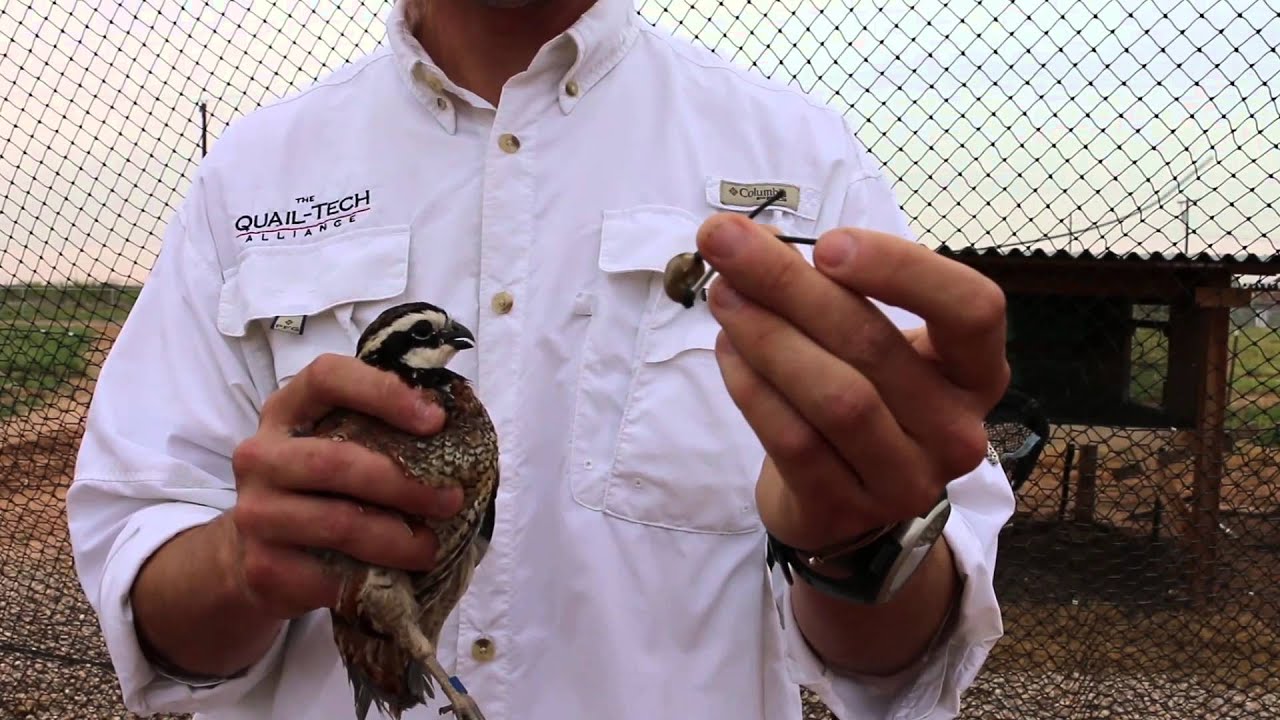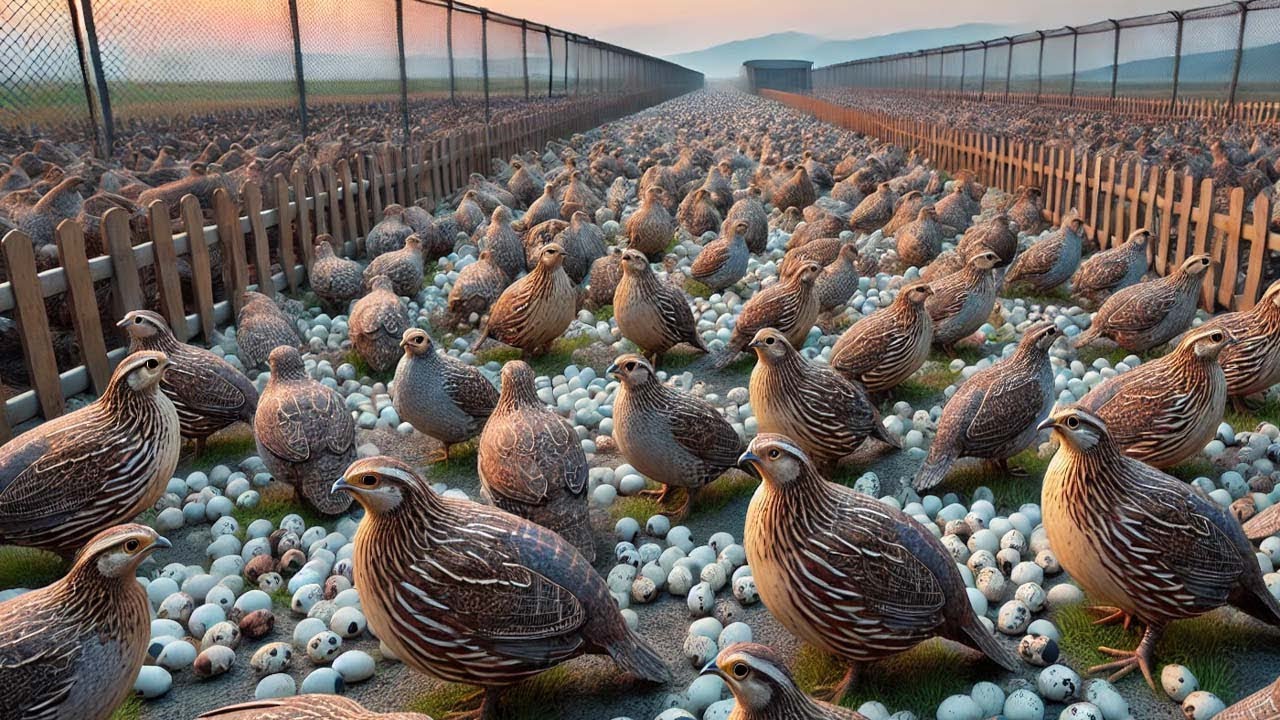Agriculture Technology Companies: Transforming Farming
Agriculture technology companies, or AgTech, are revolutionizing the way we grow food. Driven by a growing global population and a need for sustainable food production, these companies are leveraging cutting-edge […]
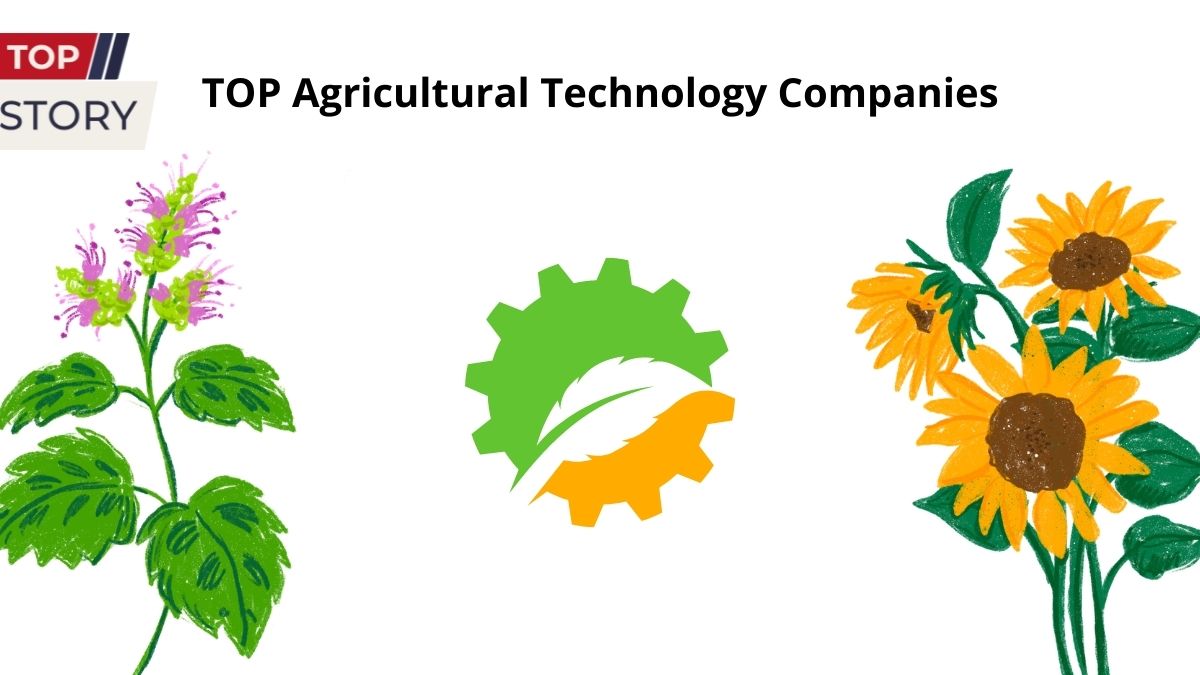
Agriculture technology companies, or AgTech, are revolutionizing the way we grow food. Driven by a growing global population and a need for sustainable food production, these companies are leveraging cutting-edge technologies to improve farm efficiency, increase crop yields, and manage resources more effectively.
From precision farming tools that optimize resource use to robotics that automate tasks, AgTech is transforming traditional farming practices. These innovations are not only improving productivity but also creating a more sustainable and resilient food system.
The Rise of AgTech

The agricultural technology sector, or AgTech, is experiencing rapid growth, driven by a confluence of factors that are transforming the way we produce and consume food. This revolution is fueled by advancements in technology, changing consumer preferences, and the pressing need to address global food security and sustainability challenges.
Key Drivers of AgTech Growth
The increasing demand for food due to population growth and rising living standards is a primary driver of AgTech innovation. Furthermore, the need to improve agricultural productivity and efficiency while minimizing environmental impact is another key factor.
- Growing Population: The global population is expected to reach 9.7 billion by 2050, placing immense pressure on food production systems.
- Climate Change: Climate change is impacting agricultural yields and creating a need for more resilient and sustainable farming practices.
- Consumer Demand: Consumers are increasingly demanding healthier, more sustainable, and traceable food options.
- Technological Advancements: Advancements in areas like artificial intelligence, robotics, data analytics, and biotechnology are enabling the development of innovative AgTech solutions.
Transforming Traditional Farming Practices, Agriculture technology companies
AgTech is revolutionizing traditional farming practices by introducing new technologies and approaches that improve efficiency, productivity, and sustainability.
- Precision Agriculture: Sensors, drones, and data analytics are used to collect and analyze real-time data about soil conditions, crop health, and weather patterns, enabling farmers to optimize resource use and improve yields. For example, farmers can use precision irrigation systems to deliver water only when and where it is needed, reducing water waste and improving crop health.
- Robotics and Automation: Robots and automated systems are being used for tasks such as planting, weeding, harvesting, and packaging, reducing labor costs and improving efficiency. For example, autonomous tractors can navigate fields without human intervention, increasing productivity and reducing labor requirements.
- Vertical Farming: Vertical farms are indoor facilities that grow crops in stacked layers, allowing for year-round production regardless of weather conditions and reducing the need for pesticides and fertilizers. These systems are particularly well-suited for urban environments, where land is scarce and demand for fresh produce is high.
Impact of AgTech on Global Food Security and Sustainability
AgTech has the potential to play a crucial role in addressing global food security and sustainability challenges.
- Increased Food Production: By improving agricultural efficiency and productivity, AgTech can help to increase food production and meet the growing global demand.
- Reduced Food Waste: Technologies such as smart sensors and predictive analytics can help farmers optimize harvesting and storage practices, reducing food waste and improving resource efficiency.
- Environmental Sustainability: AgTech solutions can help to minimize the environmental impact of agriculture by reducing water and fertilizer use, promoting sustainable land management practices, and reducing greenhouse gas emissions. For example, precision agriculture techniques can help to reduce the use of fertilizers and pesticides, which can have negative environmental impacts.
Innovations in AgTech: Agriculture Technology Companies
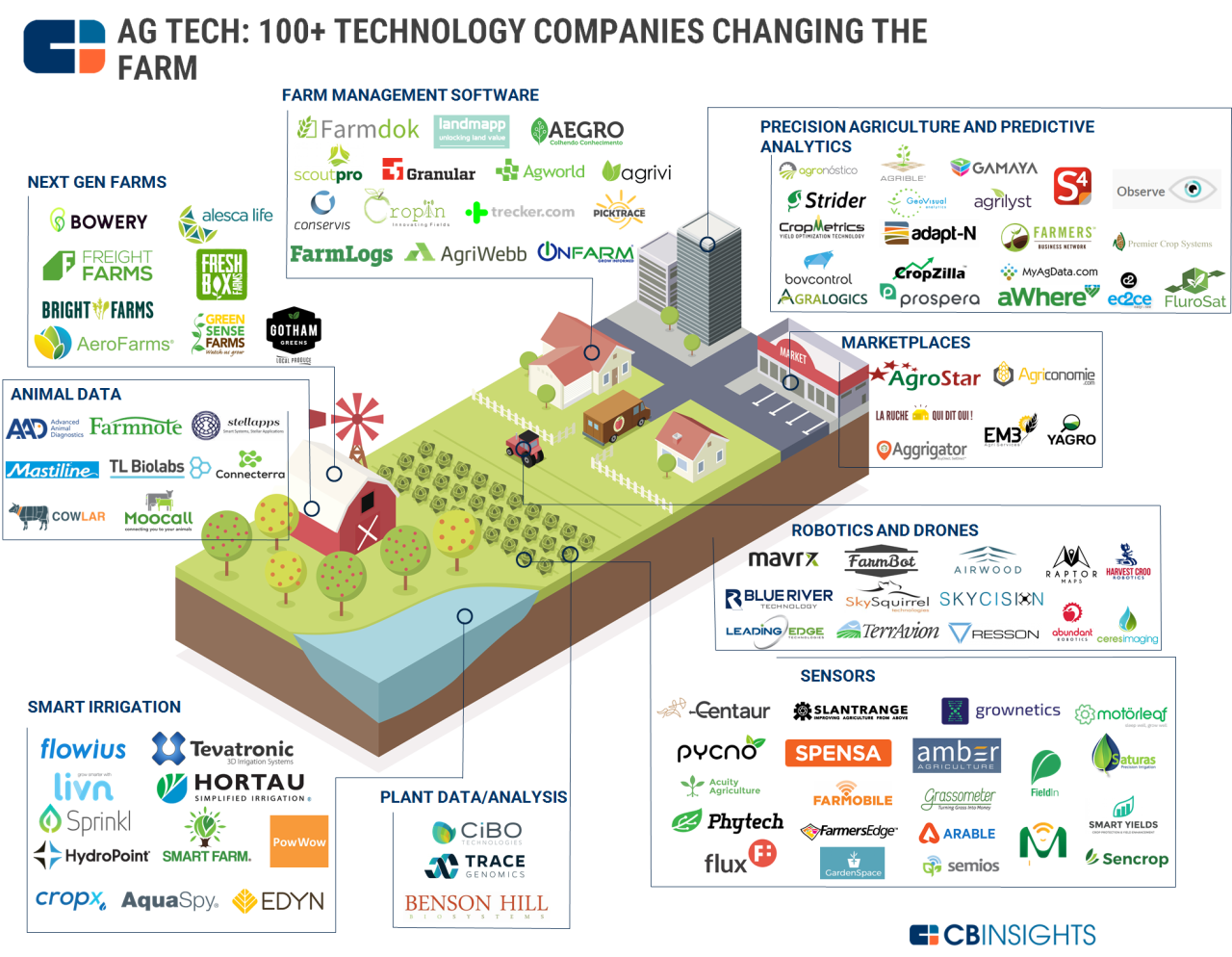
The agricultural industry is undergoing a transformative revolution, driven by a confluence of technological advancements. These innovations, collectively known as AgTech, are reshaping farming practices, enhancing efficiency, and boosting sustainability.
Precision Agriculture
Precision agriculture is a data-driven approach that leverages technology to optimize farm management practices. It involves collecting and analyzing data from various sources, including sensors, satellites, and drones, to gain a comprehensive understanding of field conditions. This data is then used to make informed decisions about irrigation, fertilization, and pest control.
- Variable-rate application: This technique allows farmers to apply fertilizers, pesticides, and seeds at varying rates across the field, based on real-time data about soil conditions, crop health, and yield potential. This optimizes resource utilization and minimizes environmental impact.
- Precision irrigation: Smart irrigation systems use sensors to monitor soil moisture levels and automatically adjust irrigation schedules to ensure optimal water usage. This helps conserve water resources and prevent overwatering, which can lead to soil erosion and nutrient leaching.
- Precision planting: Precision planting equipment uses GPS guidance and sensors to accurately place seeds at optimal depths and spacing. This improves crop uniformity and maximizes yield potential.
Robotics in Agriculture
Robotics are increasingly being used in agriculture to automate tasks that are traditionally performed by human labor. These robots can perform a variety of tasks, including planting, weeding, harvesting, and spraying.
- Autonomous tractors: These tractors are equipped with GPS guidance systems and sensors that allow them to navigate fields autonomously. This reduces the need for human operators and allows for round-the-clock operations.
- Harvesting robots: Robots are being developed to harvest fruits, vegetables, and other crops with high accuracy and efficiency. These robots can work in challenging environments and reduce the risk of crop damage.
- Swarm robotics: Swarm robotics involves using multiple small robots that work together to perform tasks. This approach is particularly well-suited for tasks like weeding, where robots can navigate tight spaces and avoid damaging crops.
Data Analytics in Agriculture
Data analytics is playing a crucial role in transforming agriculture by providing insights into farm operations and market trends. Farmers can use data analytics to monitor crop health, track yield performance, and optimize resource management.
- Yield prediction: Data analytics can be used to predict crop yields based on historical data, weather patterns, and other factors. This information helps farmers make informed decisions about planting, harvesting, and marketing.
- Disease and pest detection: Data analytics can be used to detect early signs of crop diseases and pests, enabling farmers to take timely action to prevent outbreaks. This reduces crop losses and minimizes the need for chemical treatments.
- Market analysis: Data analytics can provide insights into market trends, including commodity prices, consumer demand, and supply chain dynamics. This information helps farmers make informed decisions about pricing and marketing strategies.
The Future of AgTech
The AgTech industry is on the cusp of a revolution, driven by the convergence of innovative technologies and the growing demand for sustainable and efficient food production. The future of AgTech holds immense potential for transforming the way we grow, process, and distribute food, addressing the challenges of a growing global population and climate change.
Impact of Emerging Technologies
The integration of emerging technologies is poised to revolutionize the AgTech landscape, enabling more precise, data-driven, and sustainable practices.
- Artificial Intelligence (AI): AI is transforming agriculture by automating tasks, optimizing resource use, and improving crop yields. AI-powered systems can analyze vast amounts of data from sensors, drones, and satellites to identify patterns, predict crop health, and recommend optimal irrigation and fertilization strategies. For example, AI-powered robots are being deployed in fields to perform tasks like weeding, harvesting, and pest control, reducing labor costs and increasing efficiency.
- Blockchain: Blockchain technology offers transparency, traceability, and security in the agricultural supply chain. By recording transactions and data on a distributed ledger, blockchain can track the origin and movement of food products, ensuring authenticity and reducing fraud. This technology can also facilitate direct-to-consumer sales, connecting farmers with consumers and creating new revenue streams.
- Vertical Farming: Vertical farming is a revolutionary approach to agriculture that utilizes multi-tiered growing systems in controlled environments. By stacking crops vertically, vertical farms can maximize land use, reduce water consumption, and increase production yields. These systems can also be located in urban areas, reducing transportation costs and food miles.
Last Recap
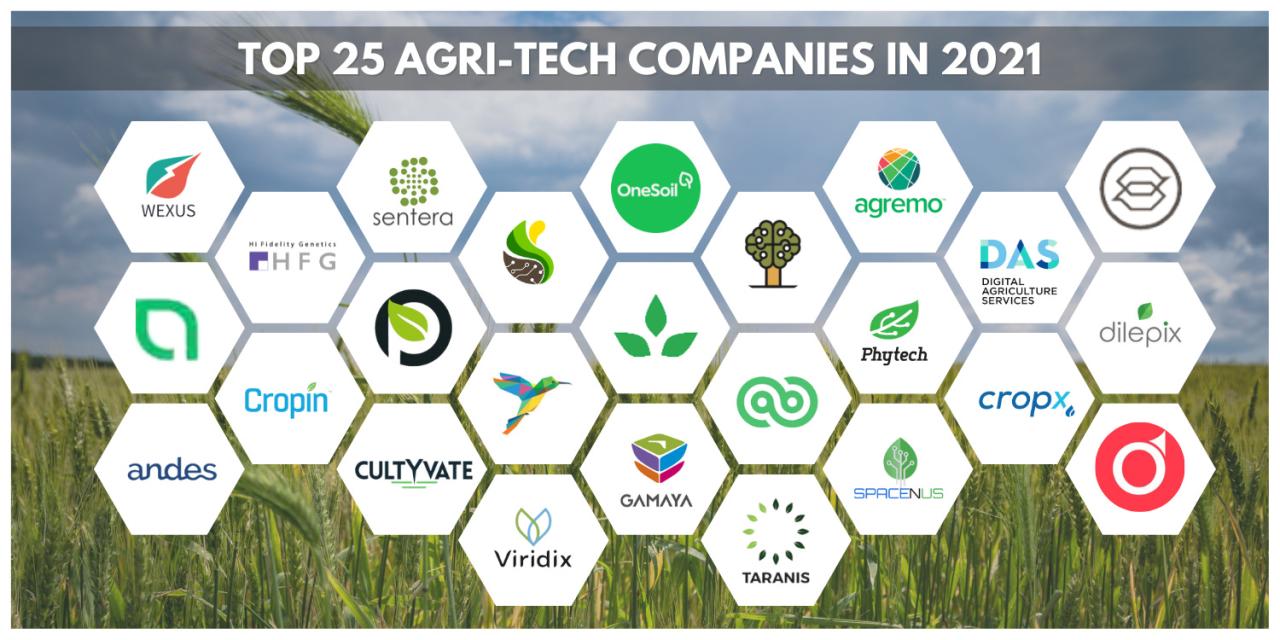
The future of agriculture is undeniably intertwined with technology. As AgTech continues to evolve, we can expect even more groundbreaking innovations that will shape the way we farm and feed the world. The potential impact on global food security and sustainability is immense, making AgTech a vital force in ensuring a prosperous future for all.
Agriculture technology companies are constantly innovating to improve efficiency and sustainability. One area of focus is risk management, and companies like risk control technologies inc are playing a key role in this field. They offer solutions that help farmers mitigate risks associated with weather, pests, and market fluctuations, ultimately contributing to a more resilient and profitable agricultural sector.

